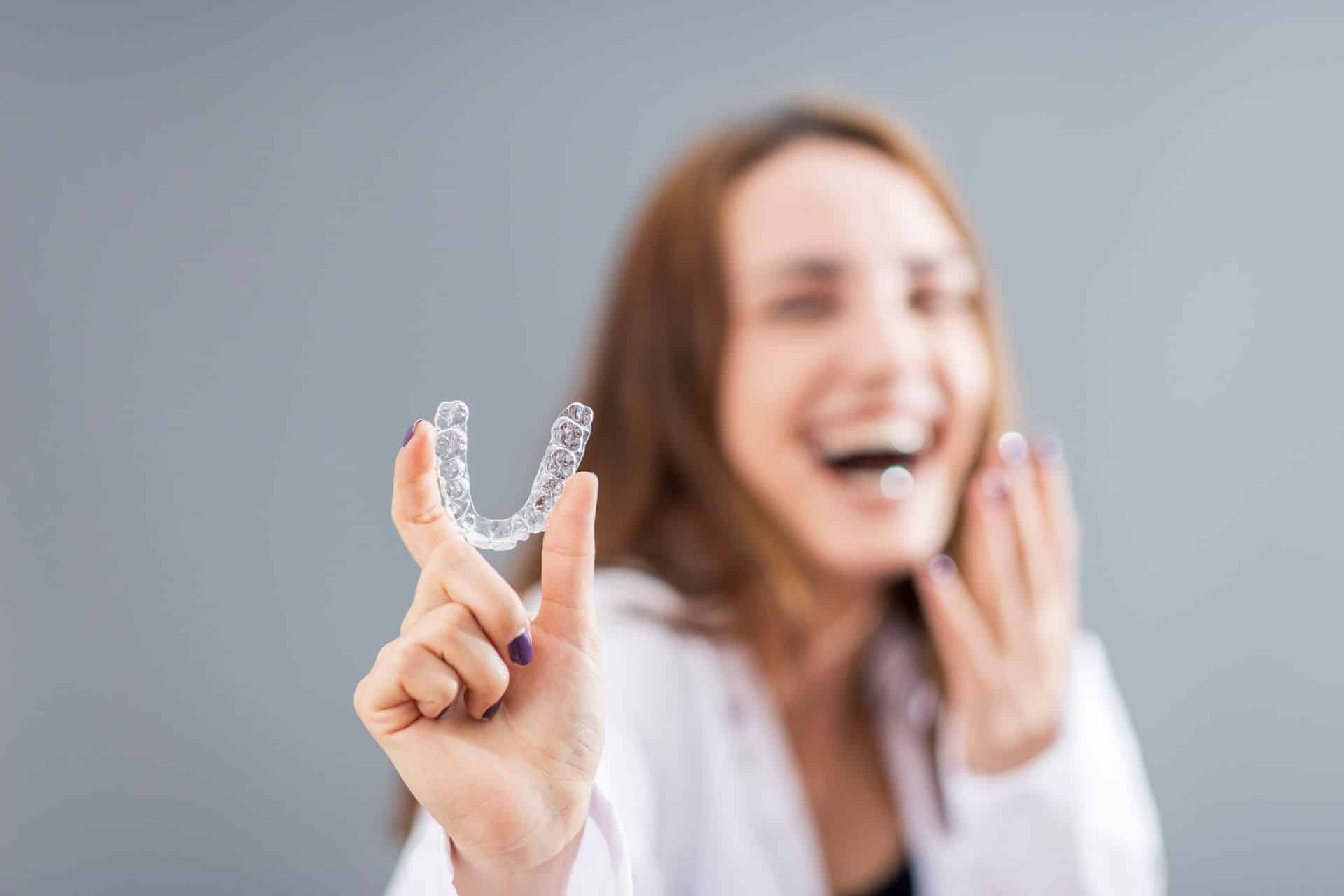Braces vs Invisalign: Making the Right Choice for Your Smile

The Fundamentals: How Each Treatment Works
Invisalign: The Modern Approach
Invisalign represents the cutting edge of orthodontic technology. This treatment uses a series of custom-made, transparent plastic aligners that gradually shift your teeth into proper alignment. The process begins with digital scanning of your teeth, allowing for precise treatment planning and visualization of your expected results before you even begin.
Braces: The Proven Standard
Traditional braces consist of brackets bonded to each tooth, connected by archwires that apply controlled pressure to guide teeth movement. Small elastic bands (ligatures) hold the wire to each bracket, and these are often available in various colors for personalization.
Your orthodontist adjusts the tension of the wires during monthly appointments, progressively moving your teeth into alignment. Modern braces are smaller and more comfortable than their predecessors, with options like tooth-colored ceramic brackets available for those concerned about appearance.
Key Decision Factors to Consider
Treatment Effectiveness
Invisalign excels at treating mild to moderate orthodontic issues, including:
- Gaps between teeth
- Overcrowding
- Simple bite issues
- Minor rotations
Traditional braces offer unmatched versatility for addressing:
- Severe misalignments
- Complex bite corrections
- Significant rotations
- Vertical tooth movements
For particularly complex cases, traditional braces often provide orthodontists with more precise control over tooth movement.
Lifestyle Compatibility
Invisalign benefits:
- Removable for eating, drinking, and special occasions
- No food restrictions
- Easier maintenance of oral hygiene
- Less noticeable in professional and social settings
- Fewer emergency visits for broken appliances
Traditional braces considerations:
- Fixed appliance requires adaptation of eating habits
- Requires more diligent cleaning around brackets and wires
- More visible in appearance
- May interfere with certain activities like playing wind instruments or contact sports (though mouthguards can help)
Patient Responsibility
Success with Invisalign depends heavily on patient compliance:
- Aligners must be worn 20-22 hours daily
- Discipline required to maintain wearing schedule
- Responsibility to keep track of aligners when removed
- Regular cleaning of aligners needed to prevent staining
Traditional braces require:
- Consistent oral hygiene with specialized cleaning tools
- Avoidance of certain foods that could damage brackets
- Attending regular adjustment appointments
- Wearing elastics as directed
Orthodontic Treatment Timeline
Invisalign treatment typically ranges from:
- 6-18 months for most moderate cases
- Potentially longer for more complex situations
Traditional braces generally require:
- 18-24 months on average
- Possibly longer for severe misalignments
- Often followed by retainer use (true for both treatments)
Comfort and Adjustment Period
Invisalign users typically experience:
- Mild pressure when changing to new aligners
- No sharp edges to cause irritation
- Speech adjustments during the first few days
- Minimal impact on daily comfort
Traditional braces wearers often notice:
- Initial soreness when braces are placed and after adjustments
- Potential for cheek and lip irritation until adaptation occurs
- More significant speech adjustments initially
- Greater awareness of the appliance throughout treatment
Braces vs Invisalign: Making Your Personal Decision
Consider these questions when choosing between Invisalign and traditional braces:
- How complex is your orthodontic case? Your orthodontist can evaluate whether your specific needs are better addressed by one treatment over the other.
- How important is aesthetics during treatment? If maintaining a less noticeable appearance is crucial for your personal or professional life, Invisalign may be preferable.
- Are you disciplined enough for Invisalign? Be honest about your ability to wear aligners consistently and keep track of them when removed.
- What’s your budget and insurance coverage? Check what your dental insurance covers and consider the overall investment.
- Do you have any specific lifestyle concerns? Consider factors like playing sports, musical instruments, or public speaking requirements.
The Importance of Orthodontist Consultation
While online research is valuable for understanding your options, nothing replaces a professional evaluation. A qualified orthodontist can:
- Assess your specific case complexity
- Recommend the most effective treatment approach
- Discuss realistic timelines for your unique situation
- Provide accurate cost estimates based on your needs
- Address any particular concerns you may have
Many orthodontists offer free initial consultations where you can discuss both options in detail.
Visit DeHaan Orthodontics and Start Your Orthodontic Treatment
Both Invisalign vs braces offer effective paths to a straighter, healthier smile. Your ideal choice depends on your specific orthodontic needs, lifestyle preferences, budget considerations, and personal discipline.
Remember that the end result—a beautiful smile and properly aligned teeth—can be achieved with either method when you work with an experienced orthodontist and follow their guidance throughout treatment.